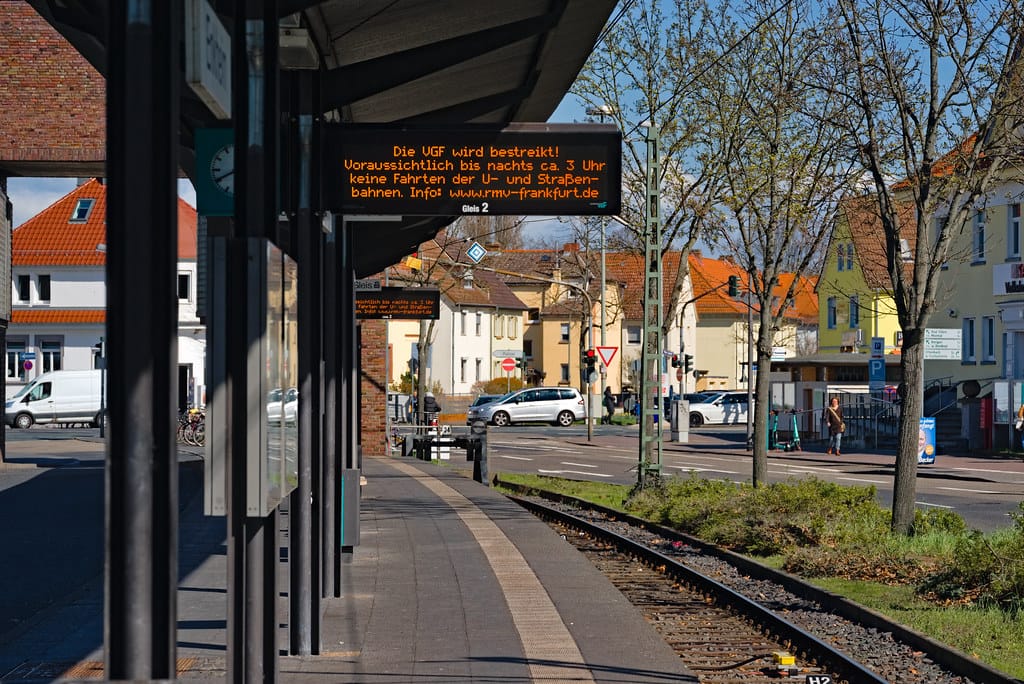London's Bold Move: Transport Authority Launches Campaign to Tackle Noisy Commuters
London's transport network carries millions of passengers daily, but a growing concern about noise pollution from personal audio devices has prompted Transport for London (TfL) to take unprecedented action. The capital's transport authority has launched an innovative public awareness campaign specifically targeting commuters whose headphones leak sound, marking a significant shift in how cities address modern etiquette challenges.
The Growing Problem of Audio Leakage
The campaign, dubbed "Turn It Down London," addresses what TfL research indicates has become one of the most frequent complaints from passengers across the Underground, buses, and Overground services. According to recent surveys, 73% of regular commuters report being regularly disturbed by noise from other passengers' headphones, with the problem particularly acute during peak travel hours.
The issue isn't just about volume levels. Modern listening habits, combined with the proliferation of bass-heavy music genres and podcast content, create a perfect storm for audio disturbance. Open-back headphones, popular earbuds with poor sound isolation, and the natural tendency to increase volume in noisy transport environments all contribute to what acoustics experts call "sound spillage."
A Multi-Platform Awareness Strategy
TfL's approach combines traditional advertising with digital engagement, rolling out eye-catching posters across 270 Underground stations and 700 bus routes. The campaign features relatable scenarios: a commuter's heavy metal bleeding through cheap earbuds, a podcast enthusiast unaware their true crime show is audible three seats away, and a fitness enthusiast whose workout playlist dominates an entire train carriage.
The messaging strikes a balance between humor and genuine concern. Slogans like "Your soundtrack shouldn't be everyone's" and "Keep the beat to yourself" aim to educate rather than shame, acknowledging that most audio leakage is unintentional.
The Science Behind Sound Disturbance
Research from the University College London's Institute for Environmental Design and Engineering supports TfL's initiative. Dr. Sarah Mitchell, who led a study on transport-related noise pollution, explains that leaked audio is particularly disruptive because it's irregular and unpredictable, making it harder for the brain to filter out than consistent background noise.
"When we hear fragments of someone else's music or conversation, our brains naturally try to process and complete the audio information," Mitchell notes. "This creates cognitive load and stress, particularly problematic during commutes when people are already dealing with crowded, confined spaces."
International Context and Best Practices
London isn't the first city to address this issue. Tokyo's metro system has maintained strict quiet car policies since the 1990s, while New York's MTA has incorporated anti-noise messaging into broader courtesy campaigns. However, London's targeted approach to headphone etiquette represents a more focused strategy.
Singapore's transport authority reported a 40% reduction in noise-related complaints after implementing similar awareness campaigns, suggesting that education-based approaches can be effective when properly executed.
Technology Solutions and Personal Responsibility
The campaign also highlights technological solutions. TfL partnerships with major headphone manufacturers have resulted in discount codes for noise-canceling and better-sealing earbuds. The transport authority argues that investment in quality audio equipment benefits everyone – users get better sound quality at lower volumes, while fellow passengers enjoy quieter journeys.
Mobile apps recommended by the campaign help users monitor their listening volumes and provide gentle reminders when audio levels exceed recommended limits. These tools address the common problem of volume creep, where users gradually increase sound levels without realizing the external impact.
Early Results and Future Implications
Three months into the campaign, preliminary data suggests promising results. Customer complaint logs show a 25% reduction in noise-related reports, while social media engagement with campaign content has exceeded expectations, generating organic conversations about transport etiquette.
The initiative's success could influence how transport authorities worldwide address similar challenges. As urban populations grow and commute times extend, the balance between personal entertainment and collective comfort becomes increasingly important.
Conclusion: Small Changes, Big Impact
London's headphone campaign demonstrates how targeted public awareness efforts can address quality-of-life issues that might seem minor individually but create significant collective stress. By combining education, technology solutions, and gentle social pressure, the initiative offers a template for modern urban problem-solving.
The campaign's ultimate success will depend on sustained engagement and genuine behavior change. However, early indicators suggest that when approached thoughtfully, even deeply ingrained habits can shift – proving that sometimes the most effective solutions focus on simple courtesy rather than complex regulations.
